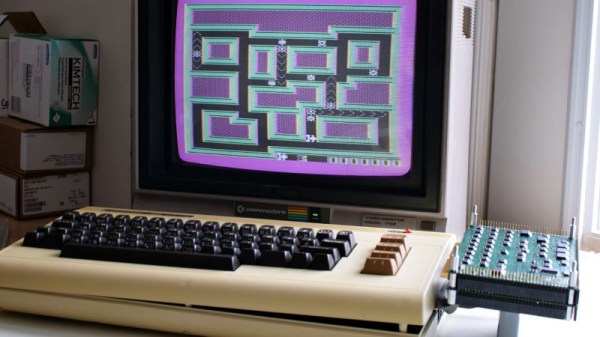In The Dark Knight, Lucius Fox shows Bruce Wayne a neat bit of memory weave fabric. In its resting state, it is a light, flexible material, but when an electrical current is applied, it pops into a pre-programmed shape. That shape could be a tent or a bat-themed paraglider. Science has not caught up to Hollywood in this regard, but the concept has been demonstrated in a material which increases its rigidity up to 318% within one second when placed in a magnetic field. Those numbers do not mean a lot by themselves, but increasing rigidity in a reversible, non-chemical way is noteworthy.
The high-level explanation is that hollow tubes are 3D printed and filled with magnetorheological fluid which becomes more viscous in the presence of a magnet because the ferrous suspended particles bunch up to form chains instead of sliding over one another. Imagine a bike tire filled with gel, and when you need a little extra traction the tire becomes softer, but when you are cruising on a paved trail, the tire becomes as hard as a train wheel to reduce friction. That could be darn handy in more places than building a fast bike.









 It all began when the kids were taken to a local fab lab at the École Polytechnique and made some laser-cut napkin holders from plywood for personal use. Later, they decided to design, manufacture, and sell them at the Ottawa Maker Faire. Money for the plywood came from piggy banks, 23 different designs made the cut, and a total of 103 rings were made. A display board and signs made from reclaimed materials rounded out the whole set.
It all began when the kids were taken to a local fab lab at the École Polytechnique and made some laser-cut napkin holders from plywood for personal use. Later, they decided to design, manufacture, and sell them at the Ottawa Maker Faire. Money for the plywood came from piggy banks, 23 different designs made the cut, and a total of 103 rings were made. A display board and signs made from reclaimed materials rounded out the whole set.










